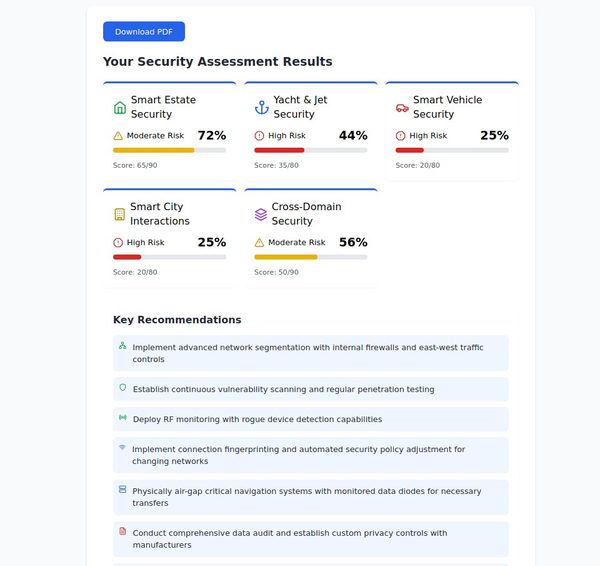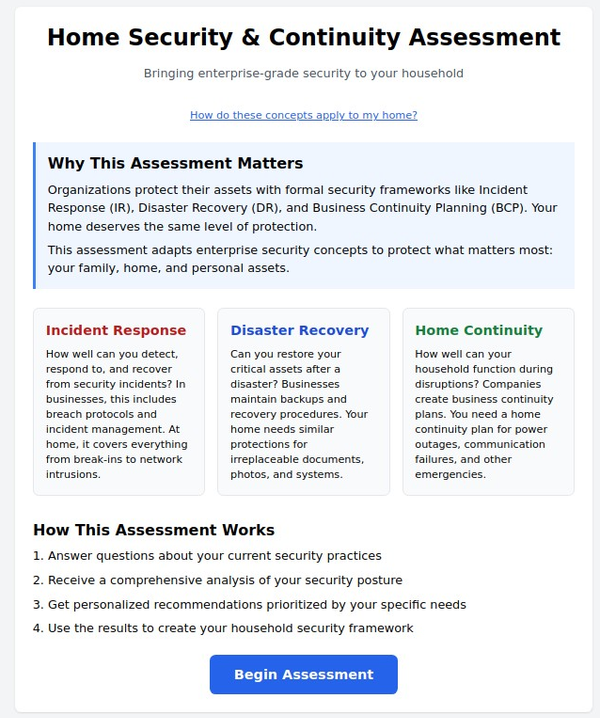DIY IoT Security Projects

Securing IoT devices is critical to protect your home network and personal data from cyber threats. Here are step-by-step guides for three essential DIY IoT security projects: setting up a secure home network, building a secure IoT device, and creating a personal VPN.
1. Setting Up a Secure Home Network
A secure home network is the foundation of IoT security. Follow these steps to enhance your home network's security:
Step 1: Change Default SSID and Password
- Access Router Settings: Open a web browser and enter your router’s IP address (usually found on the router or in the manual).
- Login: Use the default username and password provided by the manufacturer. Change these credentials immediately.
- Change SSID: Navigate to the wireless settings and change the SSID (network name) to something unique that doesn’t reveal personal information or the router brand.
Step 2: Enable Strong Encryption
- Select WPA3 or WPA2: In the wireless security settings, choose WPA3 if available, or WPA2 if not. Avoid using older encryption methods like WEP or WPA.
- Set a Strong Password: Create a password that is at least 12 characters long, combining upper and lower case letters, numbers, and symbols.
Step 3: Update Router Firmware
- Check for Updates: Go to the router’s firmware update section and check for the latest firmware. Download and install it if available.
- Enable Automatic Updates: If your router supports automatic updates, enable this feature to ensure you always have the latest security patches.
Step 4: Set Up a Guest Network
- Create a Separate Network: Set up a guest network for visitors and IoT devices. This isolates them from your main network, reducing the risk of breaches.
- Use Strong Security: Apply the same strong encryption and password practices to the guest network.
Step 5: Use a VPN
- Install a VPN on Your Router: Some routers support VPN installation directly. This encrypts all traffic passing through the router, adding an extra layer of security.
- Choose a Reliable VPN Service: Select a reputable VPN provider and follow their instructions to set up the VPN on your router.
2. Building a Secure IoT Device
Creating your own secure IoT device involves selecting secure components and implementing best practices from the start.
Step 1: Choose Secure Hardware
- Select Trusted Components: Use microcontrollers and sensors from reputable manufacturers known for their security features.
- Secure Boot: Ensure the microcontroller supports secure boot to prevent unauthorized firmware from running.
Step 2: Implement Secure Communication
- Use Encrypted Protocols: Implement HTTPS or MQTT with TLS for secure communication between the device and the server.
- Generate Certificates: Use tools like OpenSSL to generate SSL/TLS certificates for your device.
Step 3: Secure Software Development
- Follow Secure Coding Practices: Avoid hardcoding sensitive information like passwords or API keys in the code.
- Regular Updates: Plan for regular software updates to patch vulnerabilities.
Step 4: Enable Authentication and Authorization
- User Authentication: Implement user authentication to control access to the device.
- Role-Based Access Control: Use role-based access control (RBAC) to limit permissions based on user roles.
Step 5: Monitor and Log Activity
- Activity Logs: Implement logging to monitor device activity and detect anomalies.
- Remote Monitoring: Use a centralized monitoring system to keep track of multiple devices.
3. Creating a Personal VPN
A personal VPN enhances your privacy and security by encrypting your internet traffic. Here’s how to set up your own VPN using OpenVPN on a VPS (Virtual Private Server).
Step 1: Choose a VPS Provider
- Select a Provider: Choose a VPS provider like DigitalOcean, AWS, or Linode. Sign up and create a new VPS instance.
Step 2: Install OpenVPN
- Access the VPS: Use SSH to connect to your VPS.
Install OpenVPN: Run the following commands to install OpenVPN:
sudo apt update
sudo apt install openvpn easy-rsa
Step 3: Configure OpenVPN
Generate Server Certificate and Key:
./build-key-server server
./build-dh
openvpn --genkey --secret keys/ta.key
Build the CA:
source vars
./clean-all
./build-ca
Edit the vars File: Customize the vars file with your information:
nano vars
Set Up Easy-RSA: Initialize the Public Key Infrastructure (PKI) directory:
make-cadir ~/openvpn-ca
cd ~/openvpn-ca
Step 4: Configure the Server
Start the OpenVPN Service:
sudo systemctl start openvpn@server
sudo systemctl enable openvpn@server
Edit the Server Configuration:
nano /etc/openvpn/server.conf
Step 5: Configure Client Devices
- Transfer Configuration Files: Transfer the client configuration files to your device.
- Install OpenVPN Client: Install the OpenVPN client on your device and import the configuration files.
Generate Client Certificates:
cd ~/openvpn-ca
source vars
./build-key client1
By following these steps, you can enhance the security of your home network, build secure IoT devices, and create a personal VPN to protect your online activities. These DIY projects not only improve your security but also provide valuable hands-on experience with IoT security practices.
Citations:
[1] https://www.iotworldtoday.com/transportation-logistics/10-creative-diy-iot-projects
[2] https://usa.kaspersky.com/resource-center/preemptive-safety/how-to-set-up-a-secure-home-network
[3] https://www.ninjaone.com/blog/how-to-secure-iot-devices-5-best-practices/
[4] https://www.reddit.com/r/hacking/comments/rpkakw/creating_your_own_vpn/
[5] https://circuitdigest.com/article/top-30-diy-iot-projects-from-basics-to-advanced





